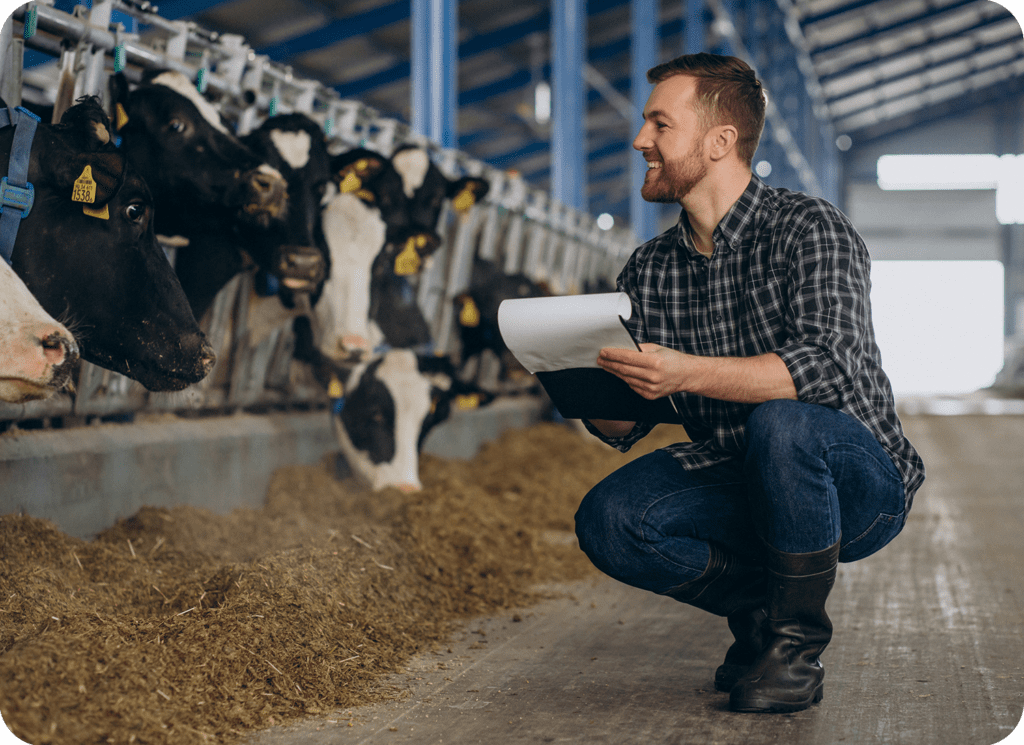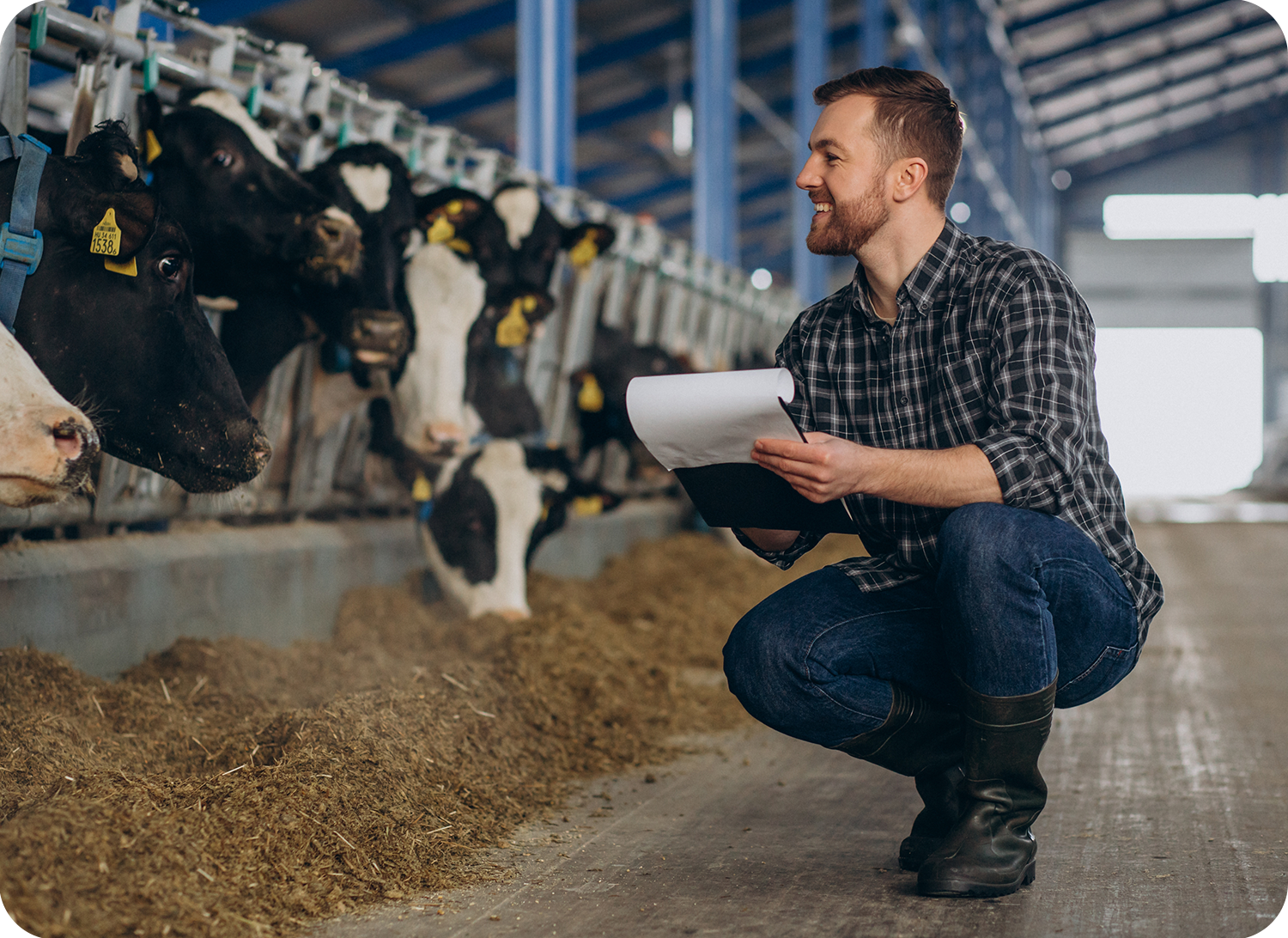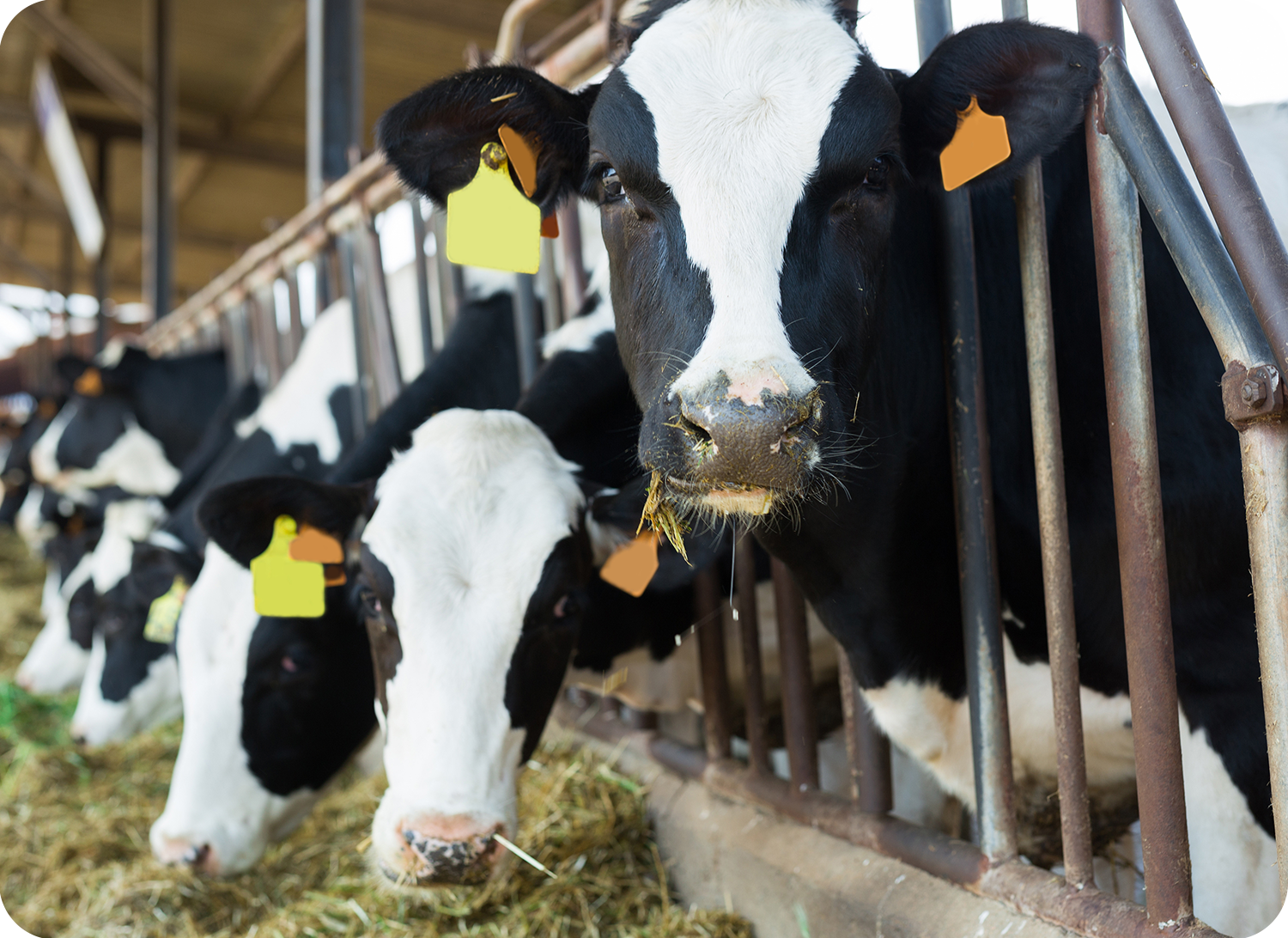How much does a dairy farmer earn? What is the average salary for a dairy farmer? If you’ve found yourself asking these questions, you’re not alone. The truth is, the vast majority of farmers get into the business to make money. While there are legacy and family implications in the farming industry, farms can’t exist unless they are able to turn a profit off of whatever goods they are selling. Historically, farmers across America have faced economic challenges from fluctuating prices of goods, inflation, and out-of-control energy costs. At Sun Farmer’s Group, we have met with the dairy farmers across the country and heard their stories. In this article, we will discuss a little about the dairy farming economy, the biggest dairy farming expenses, and how much a dairy farmer can expect to earn.
Understanding The Dairy Farming Economy
The dairy economy and pricing is extremely volatile. This means that the price of milk globally is subject to change drastically, often without warning. Aside from this making it hard for dairy farmers to forecast profits, it can cause a major disruption in their production. One reason for dairy’s price volatility is that milk’s demand globally is inelastic. This means that consumers continue to purchase milk at the same rate regardless of its price. While this may seem innocuous, it can cause severe price fluctuation when the supply of milk drops. And since dairy production is a lengthy process, supply chains are slow to react to these changes. Paired with government policies and the fact that milk is a perishable product, it’s difficult for even the most seasoned dairy farmers to maintain profitability in a highly competitive industry.
Top 3 Biggest Expenses on a Dairy Farm
As if the economic side of dairy farming wasn’t challenging enough, the production of milk is an expensive process. As an intensive operation, it requires a significant amount of capital and machinery to run smoothly. (Learn more about intensive and extensive farming in this article.) Below are three of the biggest expenses on a dairy farm.
Energy Consumption
Energy is by far and away the biggest expense on a dairy farm. The refrigeration, ventilation, heating, milking systems, and more all take a tremendous amount of electricity to power through the process. The average dairy farm actually consumes a whopping 800 to 1,200 kilowatt-hours (kWh) of electricity per month.
Animal Feed
Depending on the size and scope of the operation, dairy cows can consume a massive amount of food to remain healthy and happy. Much like the cost of milk, feed prices are not immune to inflation and fluctuation globally and can put a burden on the ongoing finances for the average dairy farmer who has little say or influence over the price of feed.
Labor
Running a dairy farm operation at scale is hard work. Any dairy farmer should expect to have to hire laborers to help to keep the day-to-day running smoothly. Depending on the state and minimum wage laws, hourly wages and salary can take up a large amount of your operating costs.
How Much Money Can You Make on a Dairy Farm?
According to a 2024 aggregate from Salary.com, the average annual salary of a dairy farmer in the United States is $42,722. This average annual income can vary depending on the farmer, quality of product, location, and other determining factors. Farmers who are new to the business should expect to make less as getting an operation up and running can take a significant amount of time and resources before becoming profitable. There are some specialty farms with certain breeds of cows that specialize in small batch, high-quality products that can demand a higher price for their product with a limited supply.
How Can You Boost Dairy Farming Profits?
Like most business owners, dairy farmers around the country are looking for the best ways to increase their profits. As of today, the most egregious bill in the mail for dairy farmers is delivered by the electric companies. And if energy is the biggest contributing expense that is affecting profits, wouldn’t it make sense to work toward making that bill smaller? Solar energy is the only sure-fire way to push back against the rising tide of the relentless energy bills and eventually works toward eliminating them altogether. With less money being spent on energy, dairy farmers can put more money in their pockets or make much-needed enhancements to their operation.
How to Implement Solar Energy on a Dairy Farm
The best way to implement solar on your dairy farm is to get in contact with a solar energy company that works in the agricultural sector. From there, your provider of choice will work with you to develop a plan for financing the project. Additionally, you will want to see which programs you qualify for, including the USDA’s Rural Energy for America Program or REAP Grant. These federally-funded grants are an effective way to get a large portion of the up-front costs for your solar project covered. Finally, your project installation could take anywhere from days to weeks depending on the size of your farm and the installing team. Once installed, you can look forward to having your dairy operation completely run off solar energy and focus solely on paying off your financing, a bill that eventually goes away entirely so that you can put even more money in your pocket.
The Sun Farmer’s Group Difference
Sun Farmer’s Group is the first true turnkey solution for agricultural solar energy. Our proprietary program has brought all of the in-house expertise to the table in grant writing, financing, tax credit monetization, installation, and so much more. Unlike other companies, Sun Farmer’s Group empowers farmers with a no-money down solution that greatly reduces and eventually eliminates your power bill altogether.
Get in Touch
If you’re ready to learn more about how Sun Farmer’s Group can help you put more money in your pocket, call 877-417-3222 today!




